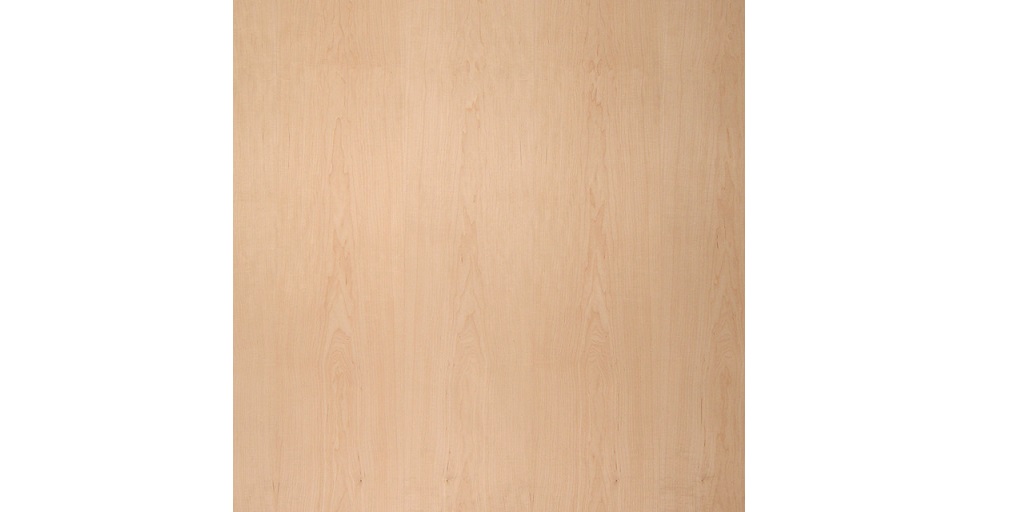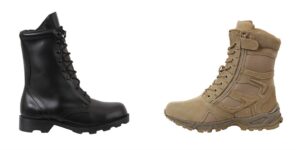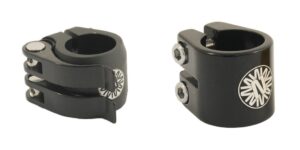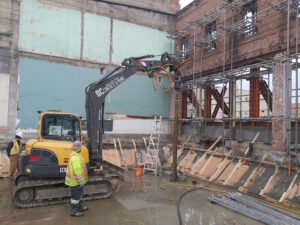
Maple veneer, like solid maple, has a lot of virtues. Among these are general durability, hardness, and a great variety in figure. Flat cut maple is often a bright, light color with gracefully arched cathedrals, and curly maple exhibits beautiful chatoyant streaks. Birdseye maple and fiddleback maple both exhibit notably attractive figure
Maple has a tight, dense grain that responds well to a wide variety of finishes and can be brought to a brilliant glossy sheen. Also, since it is so light-colored, you can use a wide range of stains to give it exactly the color and character you want.
Here are some top options in finishes for maple veneer.
Linseed Oil
Boiled linseed oil is a basic finish but be aware that, though it is a penetrating oil, it will not seal the surface of the wood in the same way that polyurethane, lacquer, or shellac will.
Wood treated with linseed oil will still technically be “raw” even though it will be better protected from sunlight and moisture damage.
Another great thing about linseed oil is that it will yellow slightly and darken with time, which will give the maple a rustic, antiquated look, which is exactly what some people prefer.
Just make sure that you are patient with the application of linseed oil. The tight grain of maple makes applying penetrating oils somewhat tricky, and may require a few applications.
Danish Oil
Danish oil is a mixture of a penetrating oil (usually tung oil) and a varnish. It is easy to apply and like linseed oil will bring out the luster of wood.
Simply apply it to the surface of the maple veneer with a rag. Let the oil soak in for 15 minutes and then wipe away excess to prevent puddling. It dries slowly, so wait several hours before applying the next coat.
Both linseed oil and danish oil produce heat as they dry, so you need to take care with the rags that you used to apply them. When finished, drape rags unfolded over the edge of a trash can or leave outside to dry. Never bunch them up or throw them in a trash can.
Oil-Based Stain and Topcoat
Because maple has such a light color, it responds well to a wide range of different stains. You can easily use a dark stain to give maple the color of ebony, or a reddish stain to give it the appearance of cherry or even more exotic woods.
If you finish maple veneer with an oil-based stain, a good practice is to apply a top coat over it to protect the finish. The following two are suitable options.
Amber Shellac
Shellac is a top coat wood finish that is made from the resinous secretions of the lac beetle, dissolved in an alcohol-based carrier, frequently ethyl or denatured alcohol.
One of the great things about shellac is that you can mix it yourself with lacquer flakes and alcohol (although you can also buy it pre-mixed and ready to apply). If the shellac is too thick and leaves brush marks, you can thin it with alcohol.
You can easily apply shellac with a brush (foam or bristles, though the latter works better). It builds nicely and several coats can be applied.
Shellac will leave a beautiful luster on the surface of maple, and amber shellac will impart warm tones to the wood.
Lacquer
Lacquer, like shellac, will leave a beautiful, lustrous top coat on maple veneer, and is easy to apply. It also builds nicely and several coats can be applied. Lacquer can also be applied over stains and penetrating oils to provide another layer of protection to wood.
Lacquer, however, is more resilient to water and alcohol than shellac. It can be applied with brushes, though you can also buy spray-on lacquer.
It is easy to apply, dries quickly (in as little as 30 minutes) and often requires no sanding between coats. You can apply a final, thin coat to eliminate brush marks or polish the top layer with very fine steel wool or a buffer and compound.
Getting Started with Maple Veneer
Looking for high-quality maple veneer for your next project? Check out Oakwood Veneer. They carry a wide range of domestic and exotic wood veneers (including maple) and their staff is knowledgeable, approachable, and helpful.
Plan your project today and experiment with one of the finishes mentioned here.


